
Meet your smart
influencer manager.
Mysocial is the most powerful way for influencers to build their social media career on YouTube, Instagram and TikTok


Influencer marketing is one of the most efficient and trusted forms of marketing. We are definitely big fans of it, which is why we talk about it so much (ha!). Social media influencers are great messengers, but with anything that offers a chance for monetary success, there are a few people who cheat the system. These cheaters buy followers and likes in an attempt to look like real influencers.
In this post, we get into detail to show you how to identify fake influencers and ensure you only work with legitimate creators.
Bonus tip: Social Blade offers a free tool to track analytics for users on YouTube, Instagram, Twitter, and Twitch. You can access some of the metrics we discussed in this post such as follower count over time.
Using Social Blade's free tool we can run through a quick example.

The graph above from Social Blade is a perfect example of what we discussed in Tip 1. It is clear exactly when this account purchased followers because of the staircase pattern in the graph. Below you can see the same information broken down by exact dates.

The addition of hundreds, sometimes thousands, of followers in one day does not match up with any significant event for this social media user. None of their posts went viral and looking directly on the page, there is no content that stands out on those dates. In fact much of the pictures posted by this account have poor pixel quality.
Now that you have our tips, you're ready to go and launch your next successful influencer marketing campaign!
Hey we've covered this topic before! This post is an expanded version of our previous post How to spot fake Instagram influencers. Check out that post for an example of sniffing out fake influencers on Instagram.


Mysocial is the most powerful way for influencers to build their social media career on YouTube, Instagram and TikTok

Mysocial is smart influencer manager - in your pocket.
Our office:
Anckargripsgatan 3, 211 19,
Malmö, Sweden
.png)
.png)
.png)
.png)